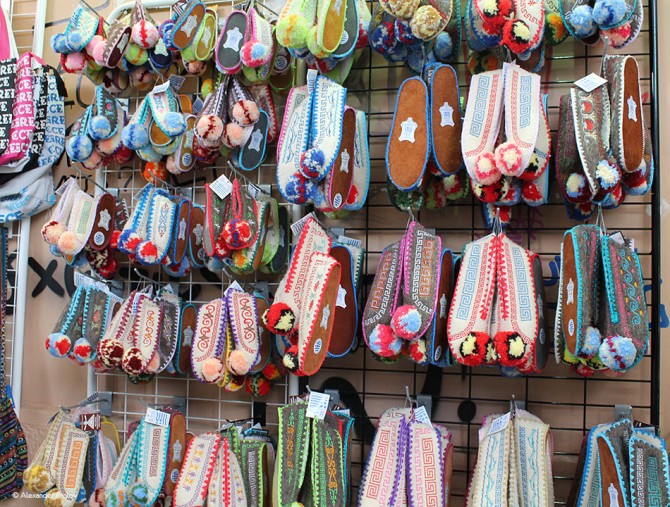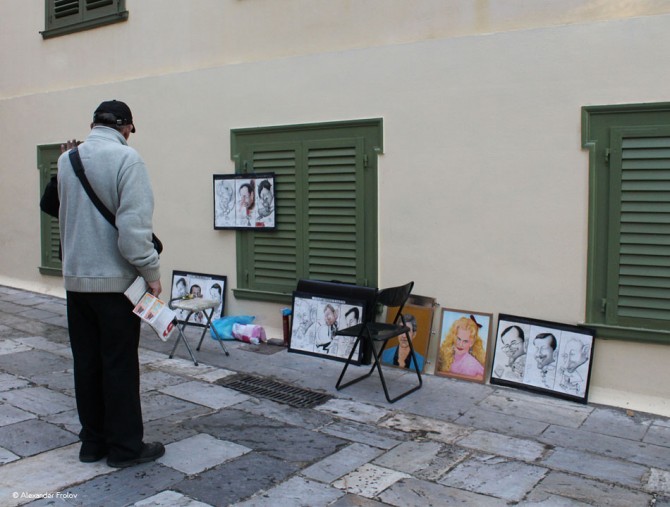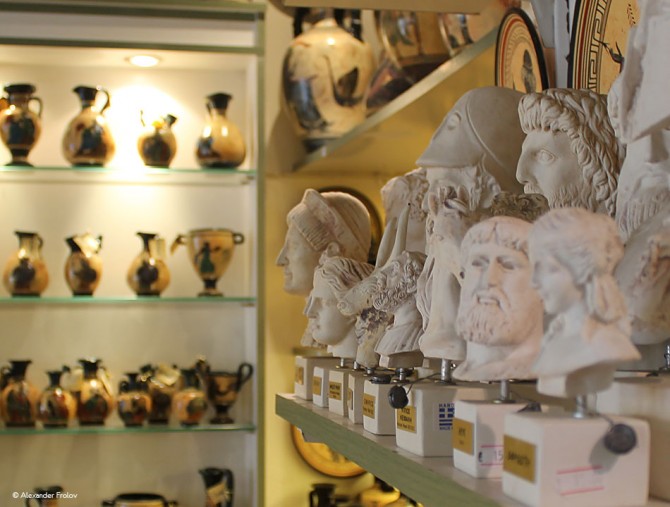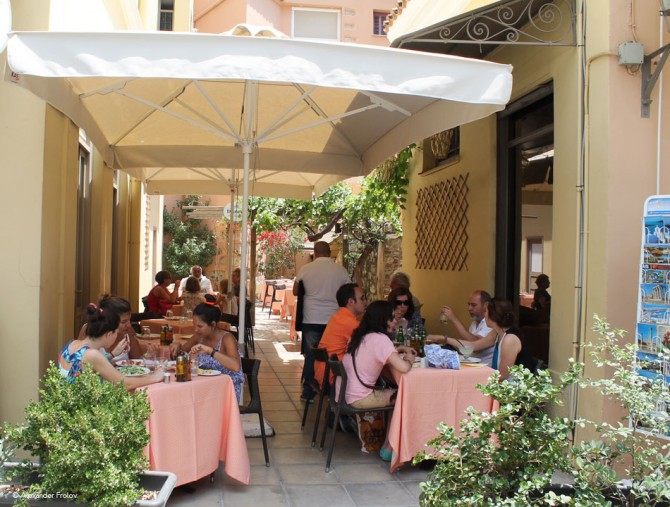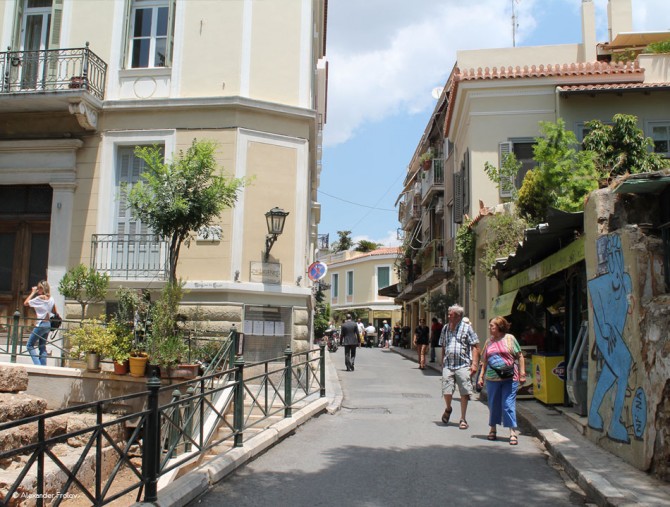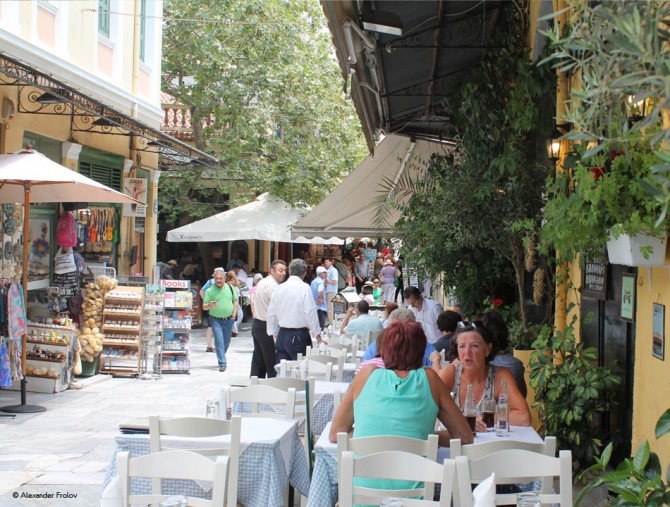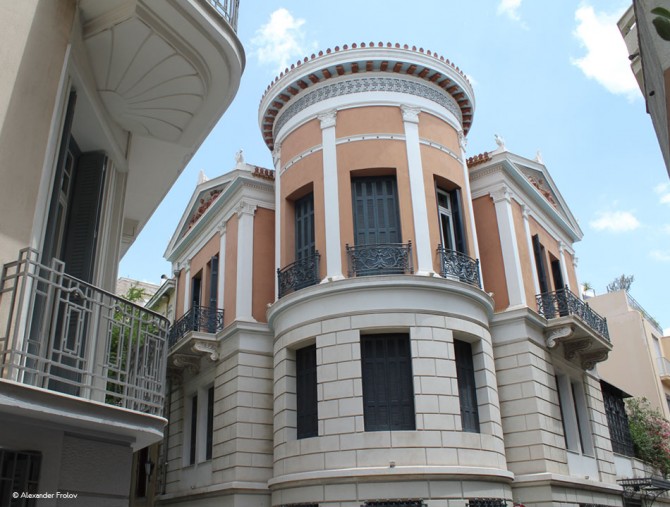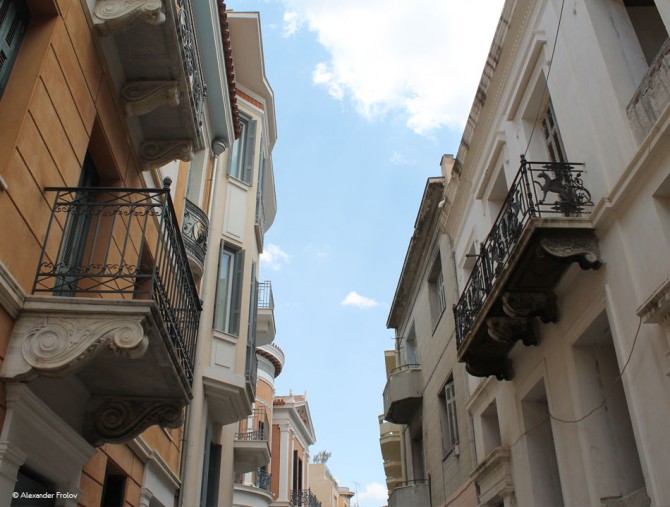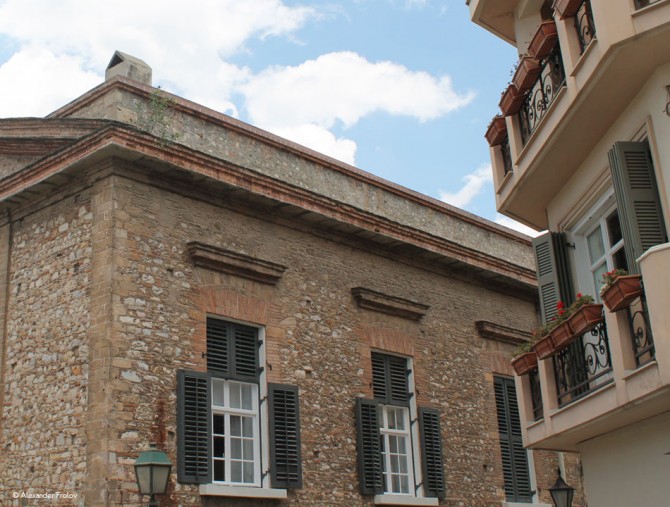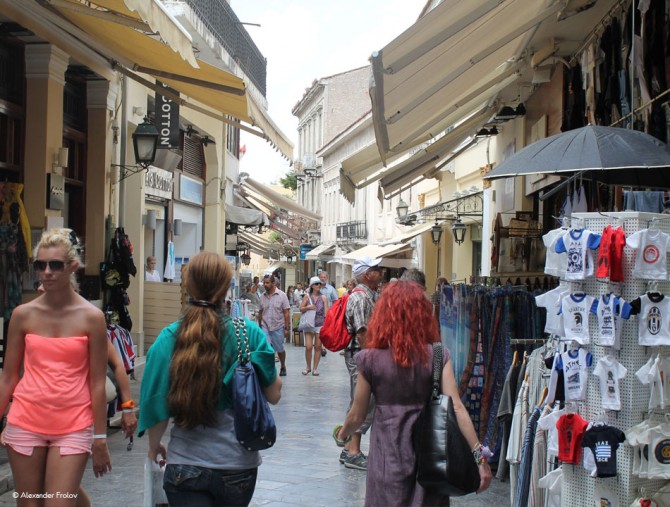Плака
Плака считается самым старым районом Афин. Самым старым, в котором живут люди, разумеется. Расположен он у подножия северного и восточного склонов Акрополя, и из-за такой близости Плаку называют - “район богов”. Старейшая улица города под названием Адриану тоже находится здесь. Как показали раскопки, свое направление она сохранила еще с древнегреческих времён.
Многие дома Плаки стоят на фундаментах античных времен, хотя их фасады были возведены в XVIII веке. В 60-х годах XX века многие жители этого места переселились в другие районы Афин, а пустые дома и дворы заняли таверны и винные погребки. В конце 70-х годов к ним добавились магазины сувениров. Отличное местоположение и наличие многочисленных пешеходных улочек превратили Плаку в отличное место для жилья и сейчас цены на недвижимость в районе сравнимы с ценами в фешенебельных районах Афин.
Помимо баров, таверн и сувенирных лавочек на Плаке сосредоточено немалое количество весьма интересных музеев - Музей бань, Детский музей, Музей фольклора, Археологический музей Канелопулос, Музей первого в Греции университета - всех даже и не перечислишь. Хороши они именно необязательностью посещения - это не Национальный археологический музей Афин, куда надо во что бы-то ни стало попасть всем и осмотреть все. Музеи относительно небольшие - не будет мучать мысль о том, что что-то упущено. На них можно просто наткнуться и зайти. Или не зайти.
Плака граничит с другими важными районами - с Монастираки, Тиссио, Анафиотикой. Последний это нечно особенное - глиняные дома, возведенные прямо у стен Акрополя выходцами с острова Анафи, в которых по-прежнему живут люди.
Как добраться до Плаки:
- на метро, станция Акрополи
Фото и текст: Александр Фролов
Plaka
Clustered around the northern and the eastern slopes of the Acropolis, Plaka is the oldest district of Athens. In the ancient times, here it was the haunt of the Olympian gods, whenever they decided to walk around the common people. No wonder they called it “The Neighborhood of the Gods”. The Ancient Roman Agora is located here, with the impressive Stoa of Attalos and the imposing Temple of Hephaestus, also known as Thision. Here you will also see the Hadrian’s Library, which in its heyday was not only a library and a learning area where philosophers and orators could read and discuss, but a center of administrative and religious functions as well. In this district you can also admire the Tower of Winds, with sundials engraved in the marble and the reliefs of the winds at the top of the tower. Opposite the tower, half hidden in the dense vegetation, there is the gate of the Medrese, which in the Ottoman Athens was a seminary which, when the school was moved, was turned into a prison. A dozens of museums of any kind are scattered in the picturesque cobbled streets of Plaka, such as the Museum of Greek Folk Art, the Bath House of Winds, which is housed in the best preserved Turkish Hamam of Athens, the Children’s Museum and the Museum of Athens University. And everywhere you look, you will see beautiful Byzantine churches, such as the Church of St. Nikolas Rangavas. The Anafiotika, the scenic Athenian neighborhood with the Cycladic architecture, is also part of the Plaka and a good reason to explore the area. But Plaka is not only about the ancient monuments, the museums and the churches. It is also where you will find a dozens of shops of folk art and not only, and a dozens of cafes and taverns where you can enjoy the local specialties. Plaka is where the heart of Athens beats, the place you cannot miss to visit if you are in the city.
Metro station Acropolis
Τext: Marilou Pantazi


